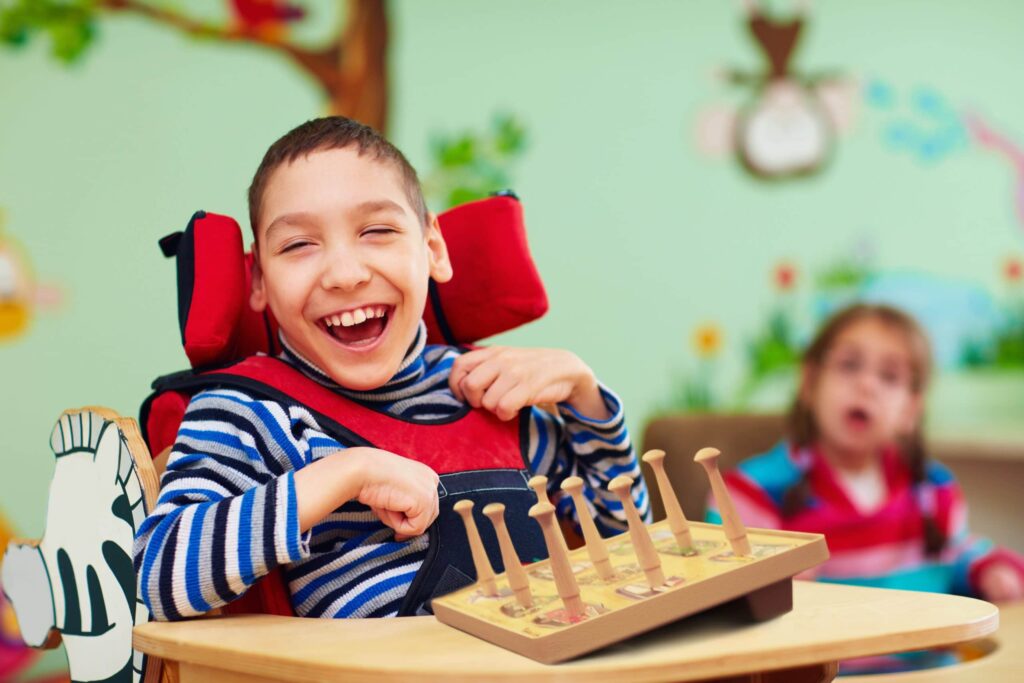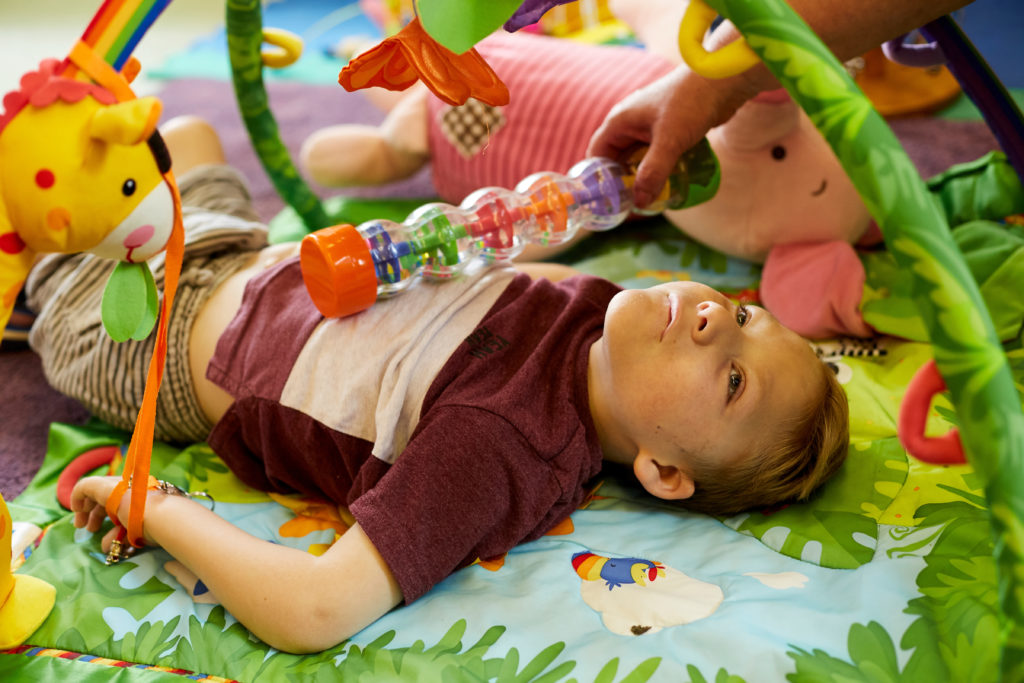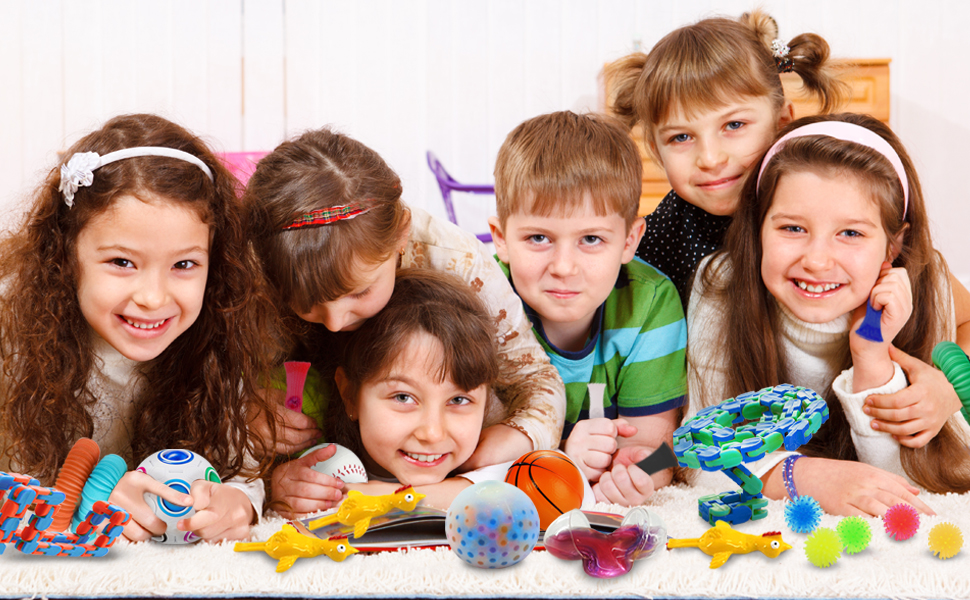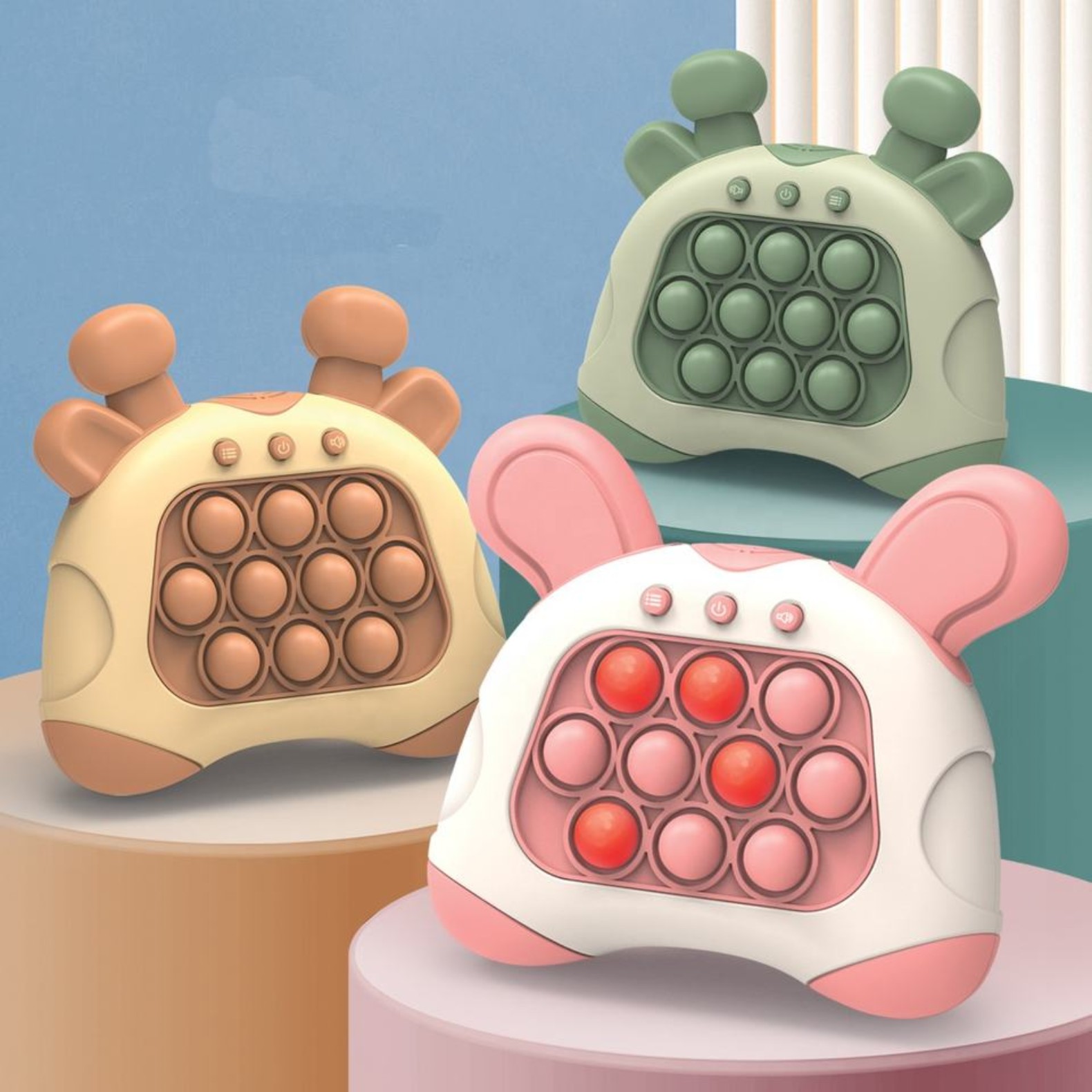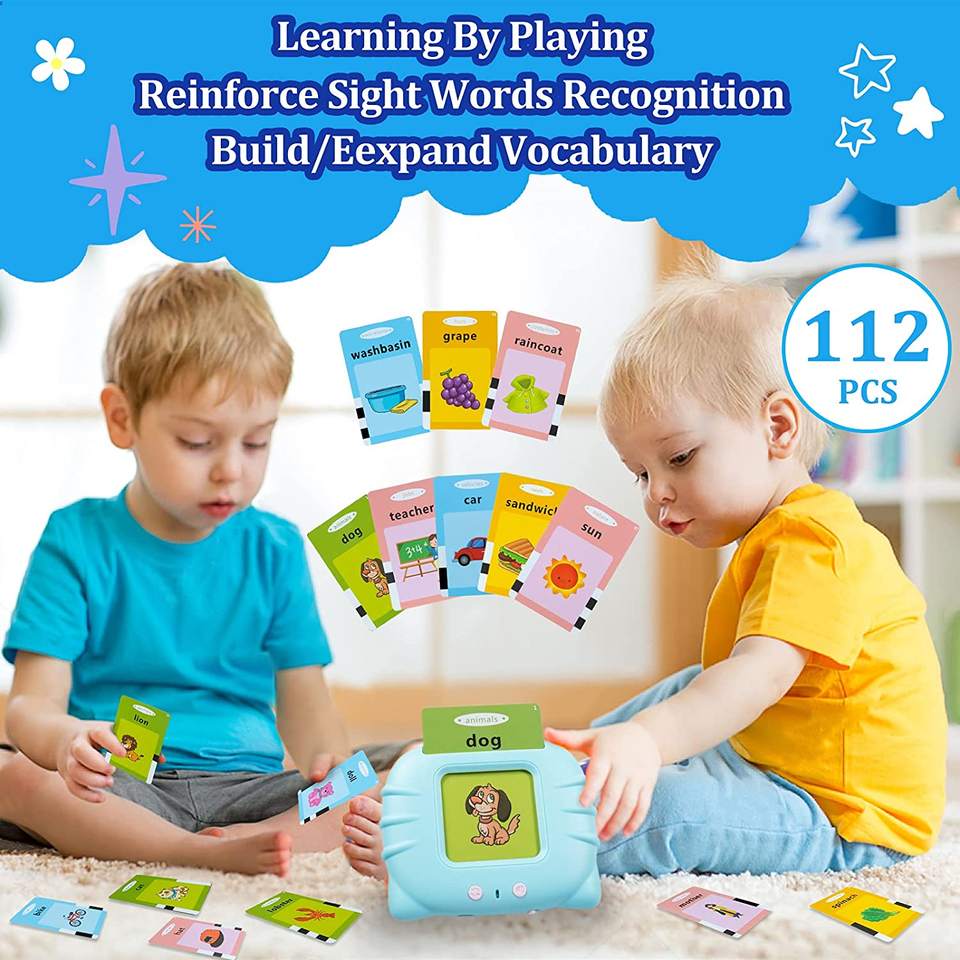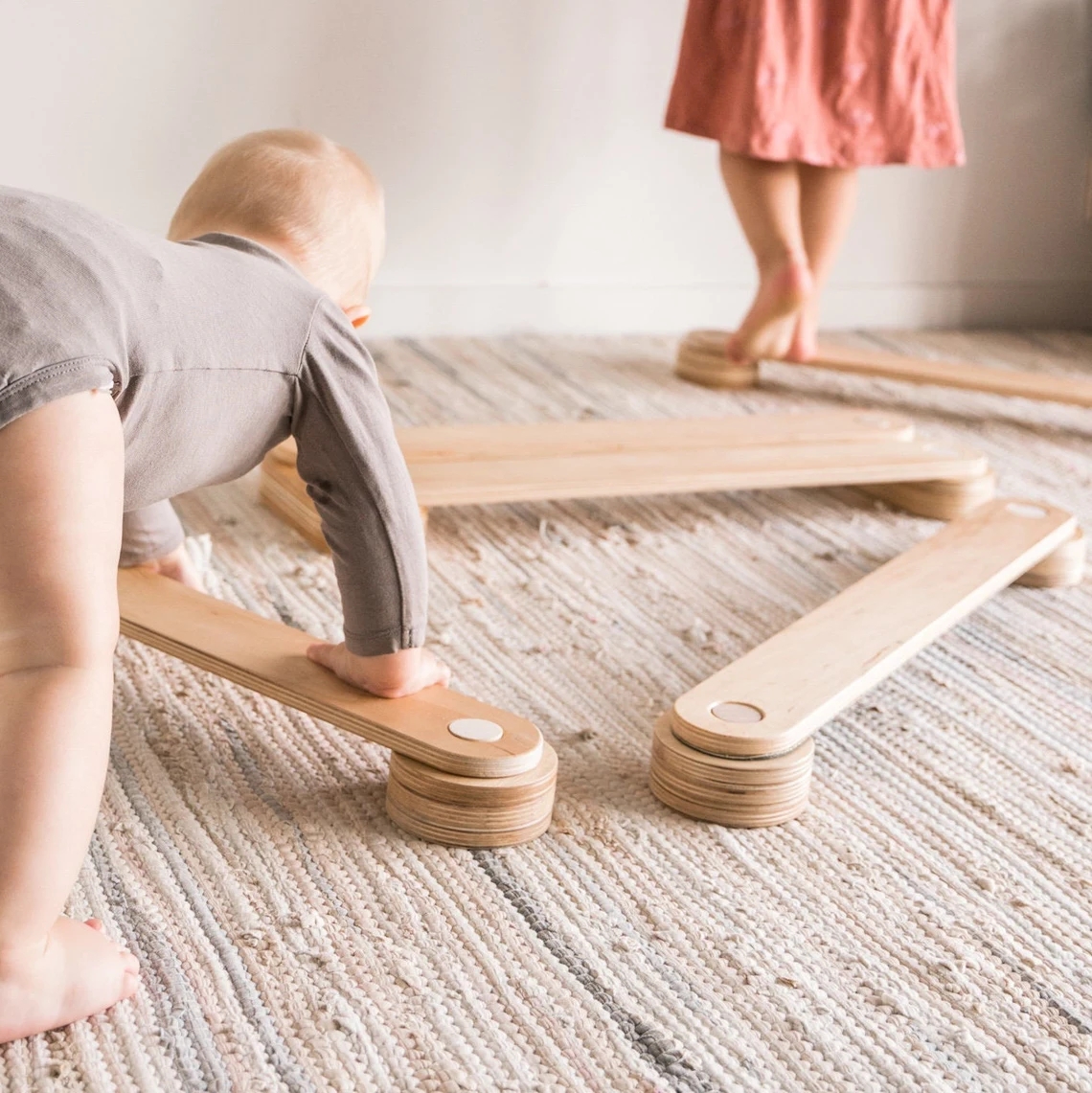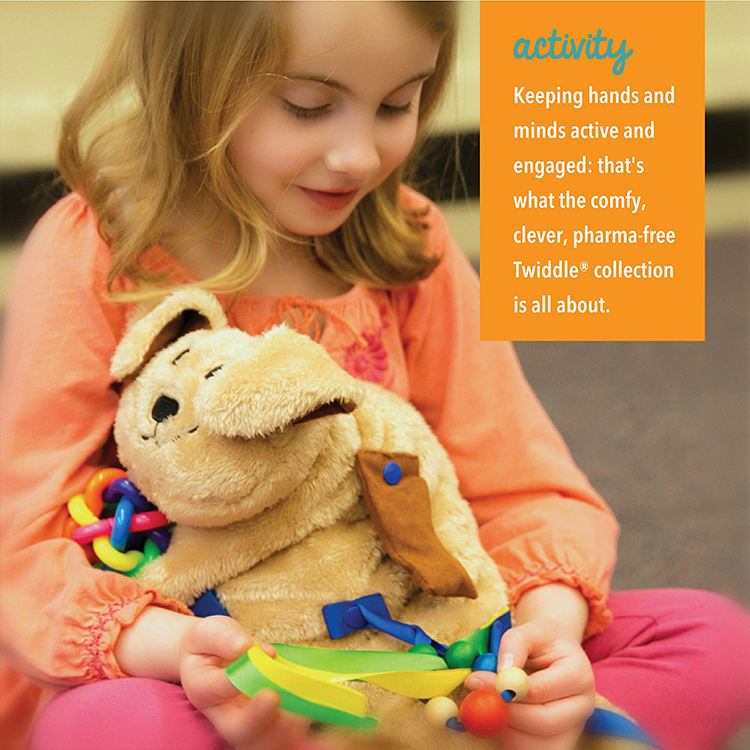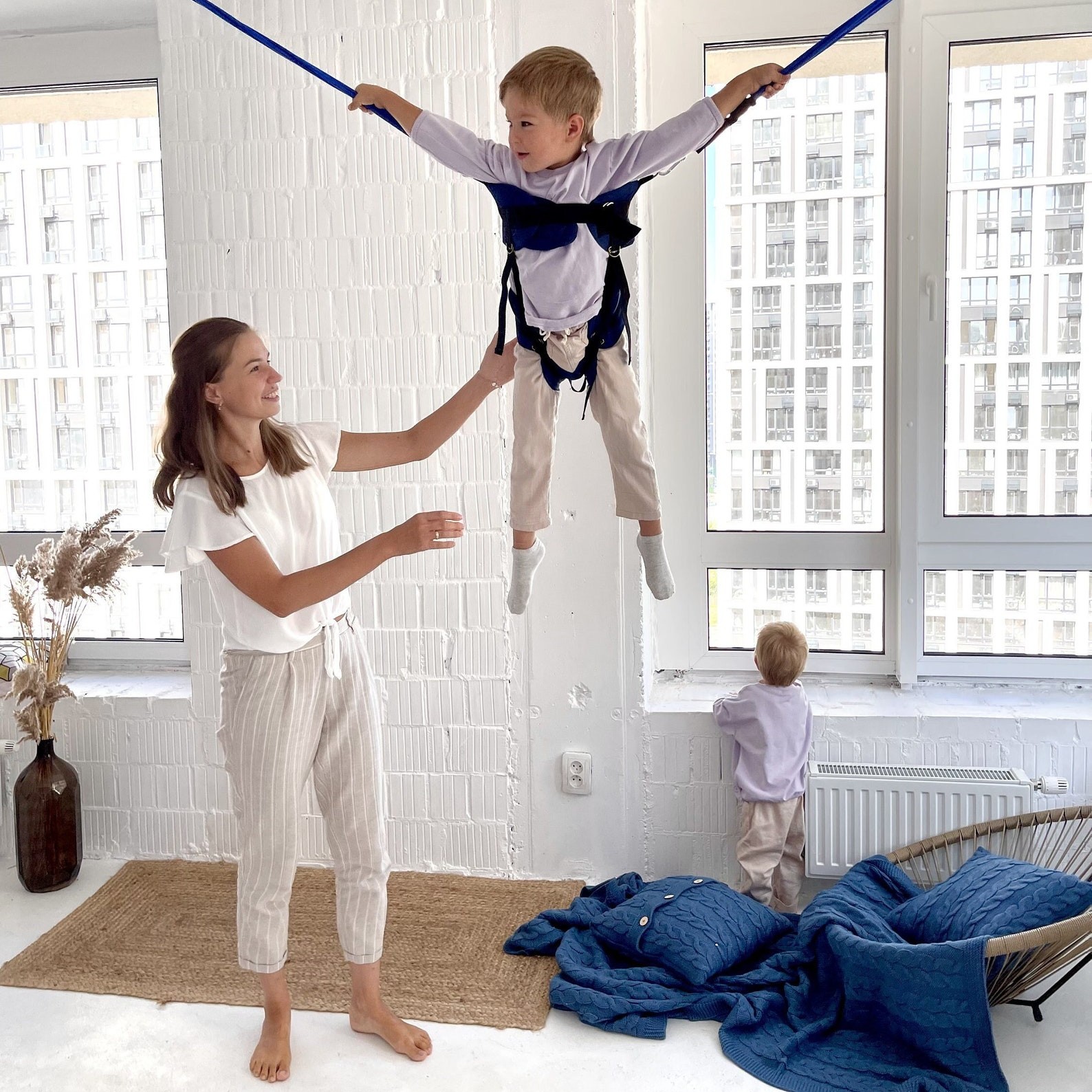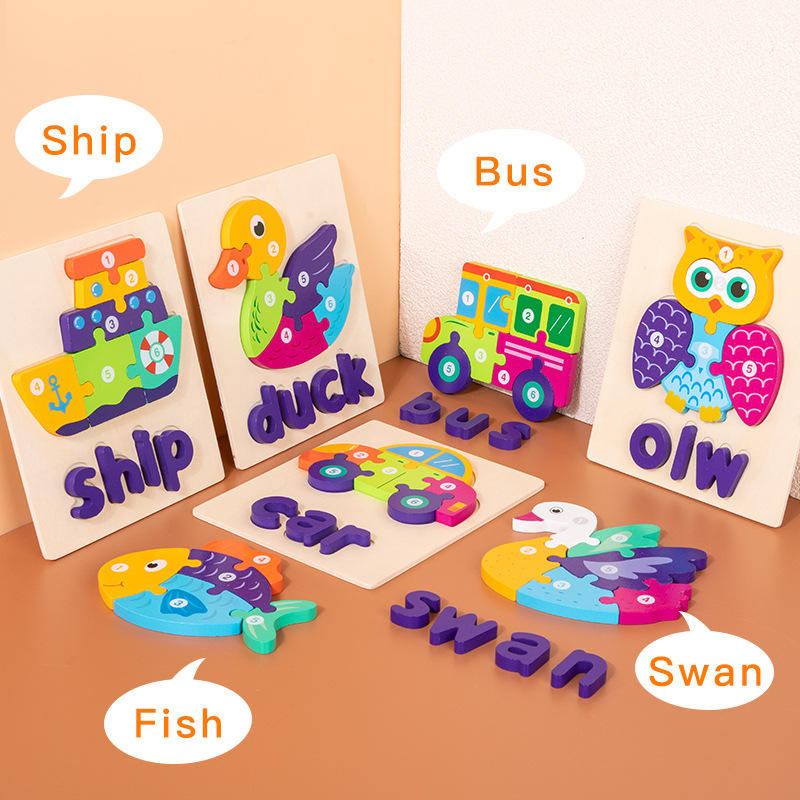Special Needs Sensory Toys
wholesale Best Special Needs Sensory Toys In Bulk
Looking for the best special needs sensory toys to wholesale in bulk? Look no further! Our company offers a wide selection of high-quality sensory toys specifically designed to meet the unique needs of children with special requirements. By purchasing in bulk, you can take advantage of competitive pricing and ensure a steady supply for your customers. Our sensory toys promote sensory exploration, fine motor skills, cognitive development, and emotional regulation. Safety and durability are our top priorities, ensuring long-lasting enjoyment for every child. Contact our wholesale department now to access our catalog, competitive pricing, and outstanding customer service. Elevate your inventory with the best special needs sensory toys available in bulk!
Best Special Needs Sensory Toys
Special Needs Sensory Toys shop online
- No products in the list
Showing all 5 results
-
Rated 0 out of 5
..
-
Rated 0 out of 5
Kids Coordinationexercise Set Balance Stepping Stones
Special Needs Sensory Toys supplier
Looking for a reliable Special Needs Sensory Toys supplier? Look no further! Our company is dedicated to providing high-quality sensory toys specifically designed for children with special needs. Here are three key advantages of choosing us as your supplier
Exceptional Quality
We understand the importance of offering sensory toys that are safe, durable, and effective. Our products go through rigorous testing and meet the highest quality standards, ensuring they can withstand regular use and provide long-lasting enjoyment.
Diverse Range
We offer a diverse range of sensory toys that cater to various developmental needs and sensory preferences. From tactile toys and fidget tools to auditory and visual stimulation products, our extensive catalog has something for every child. Our goal is to provide a wide selection of options to meet the unique requirements of children with special needs.
Personalized Support
We pride ourselves on delivering personalized support to our customers. Our dedicated team is available to assist you in selecting the right products for your target audience. Whether you have specific inquiries or need guidance on product recommendations, we are here to help you make informed decisions and ensure your satisfaction.
Types of Special Needs Sensory Toys
Choose according to your environment
- Workplace
- School
- Therapist
I’m an adult on the autism spectrum….
When I put the vest on, it feels like I’m getting the best hug ever.
Smith
Customer
The Chillspa and Action Rooms are helping our students with self regulation, which then carries over into the classroom learning.
Beverly Bernstein
OROT Educational Director
We always have a great experience with Fun and Function and refer parents to your site. Most of all, we love your weighted compression vest since we see the biggest change when kids wear it.
Melinda Lunn, OTR/L
Cross Therapy Services, Fayetteville, AK
-
View MoreRated 0 out of 5
Kids Coordinationexercise Set Balance Stepping Stones
Special Needs Sensory Toys guide
Discover the Benefits of Special Needs Sensory Toys
Introduction
Special needs sensory toys have gained significant recognition in recent years for their positive impact on children’s development and well-being. These toys are specifically designed to cater to the unique needs of children with various disabilities or sensory processing challenges. In this article, we will explore the numerous benefits that special needs sensory toys offer, highlighting how they can support children’s growth and enhance their overall quality of life.
1. Sensory Stimulation and Exploration
Special needs sensory toys provide children with a wide range of sensory experiences, stimulating their senses of touch, sight, sound, smell, and even taste. These toys come in different textures, colors, shapes, and sizes, allowing children to explore and engage their senses in a safe and controlled environment. By encouraging sensory stimulation and exploration, these toys help children develop better sensory processing abilities and enhance their sensory integration skills.
2. Developmental Support
Sensory toys play a vital role in supporting various aspects of children’s development. For example, tactile sensory toys, such as textured balls or sensory puzzles, can enhance fine motor skills and hand-eye coordination. Sensory swings and balance boards can assist in improving gross motor skills and coordination. Additionally, sensory toys can foster cognitive development by promoting problem-solving, creativity, and cognitive flexibility.
3. Emotional Regulation and Calming Effect
Many children with special needs struggle with emotional regulation and sensory overload. Special needs sensory toys can provide a soothing and calming effect, helping children relax and manage their emotions. Weighted blankets, fidget toys, or stress balls can offer deep pressure stimulation, which has a calming influence on the nervous system. These toys can act as effective self-regulation tools, promoting a sense of security and emotional well-being.
4. Sensory Integration and Sensory Processing
Children with special needs often face challenges with sensory integration and processing. Sensory toys are designed to provide controlled sensory input, helping children regulate and integrate sensory information more effectively. Through repetitive play with these toys, children can gradually develop better sensory processing skills, leading to improved attention, focus, and self-regulation.
5. Social Interaction and Communication
Sensory toys can also serve as powerful tools for promoting social interaction and communication skills. Many of these toys are designed for cooperative play, encouraging children to engage with peers, take turns, and share experiences. This interaction can enhance social skills, cooperation, and the development of empathy. Moreover, certain sensory toys, like sensory storytelling or music-based toys, can facilitate communication and language development in a fun and engaging way.
Conclusion
Special needs sensory toys provide a wide array of benefits for children with unique needs. From promoting sensory stimulation and exploration to supporting developmental milestones, emotional regulation, and social interaction, these toys offer a holistic approach to enhance children’s overall well-being. By incorporating special needs sensory toys into playtime and therapy sessions, caregivers, educators, and therapists can create an inclusive and supportive environment that nurtures children’s growth, development, and happiness.
Remember to always choose toys that are safe, age-appropriate, and specifically designed for children with special needs. Consult with professionals to identify the most suitable sensory toys for your child’s individual requirements and enjoy the positive impact they can have on their development journey.
Promoting Development with Special Needs Sensory Toys
Introduction
Special needs sensory toys have revolutionized the way we support the development of children with diverse abilities. These toys are carefully designed to cater to the unique sensory and developmental needs of children facing challenges such as autism, ADHD, sensory processing disorders, and developmental delays. In this article, we will explore how special needs sensory toys can promote development across various areas, enhancing children’s growth, skills, and overall well-being.
1. Cognitive Development
Sensory toys play a crucial role in stimulating cognitive development in children with special needs. Activities involving sensory exploration, such as shape sorting puzzles or sensory art projects, can enhance problem-solving skills, spatial awareness, and cognitive flexibility. These toys encourage children to think critically, make decisions, and engage in creative thinking, fostering intellectual growth and cognitive abilities.
2. Sensory Integration
Children with special needs often struggle with sensory integration, which can affect their ability to process and respond to sensory information effectively. Special needs sensory toys provide controlled sensory input, helping children integrate and regulate their senses. Toys like sensory swings, weighted blankets, or sensory bins with different textures allow children to experience a range of sensory stimuli in a controlled environment, promoting sensory integration and improving sensory processing skills.
3. Fine and Gross Motor Skills
Many special needs sensory toys are designed to support the development of fine and gross motor skills. Tactile toys, such as squishy balls or textured blocks, encourage the use of fingers and hands, promoting dexterity and hand-eye coordination. Balance boards, trampolines, or crawling tunnels enhance gross motor skills, coordination, and body awareness. These toys provide opportunities for children to practice and refine their motor skills in an engaging and supportive manner.
4. Emotional Regulation
Emotional regulation can be challenging for children with special needs, and sensory toys offer valuable support in this area. Certain sensory toys, like stress balls or sensory bottles, provide a calming effect and serve as self-regulation tools. Deep pressure stimulation from weighted blankets or sensory swings can help soothe anxiety and promote relaxation. By engaging with sensory toys, children learn to recognize and manage their emotions, fostering emotional well-being and self-control.
5. Social and Communication Skills
Special needs sensory toys can also facilitate the development of social and communication skills. Cooperative play with sensory toys encourages interaction, sharing, and turn-taking, fostering socialization and cooperation. Toys like sensory storytelling or interactive communication devices promote language development and communication skills. By engaging in play and communication with these toys, children improve their ability to express themselves, understand others, and form meaningful connections.
Conclusion
Special needs sensory toys are powerful tools for promoting development in children with diverse abilities. From cognitive development and sensory integration to fine and gross motor skills, emotional regulation, and social communication, these toys offer a holistic approach to support children’s growth and well-being. By incorporating special needs sensory toys into their daily routines, caregivers, educators, and therapists can create an inclusive environment that nurtures children’s skills, confidence, and overall development.
Remember to select sensory toys that are safe, age-appropriate, and suitable for your child’s specific needs. Consulting with professionals and observing your child’s preferences and reactions can guide you in choosing the most effective sensory toys for their development journey. Embrace the power of special needs sensory toys and witness the transformative impact they can have on your child’s growth and abilities.
Enhancing Fine Motor Skills with Special Needs Sensory Toys
Introduction
Fine motor skills are essential for daily tasks such as writing, buttoning clothes, or tying shoelaces. For children with special needs, developing these skills can present unique challenges. However, special needs sensory toys provide an engaging and effective way to enhance fine motor skills while catering to their sensory needs. In this article, we will explore how special needs sensory toys can support the development of fine motor skills in children, helping them gain confidence and independence.
1. Tactile Sensory Toys
Tactile sensory toys play a significant role in enhancing fine motor skills. Toys with different textures, such as squishy balls, textured blocks, or play dough, encourage children to explore and manipulate objects with their fingers and hands. Squeezing, pinching, and rolling these toys helps strengthen hand muscles, improves finger dexterity, and enhances hand-eye coordination.
2. Manipulative Toys
Manipulative toys, such as building blocks, puzzles, or stacking rings, provide excellent opportunities for fine motor skill development. These toys require precise hand movements, grasping, and manipulating objects to complete tasks. As children engage with these toys, they practice finger and hand control, develop spatial awareness, and refine their hand-eye coordination.
3. Fine Motor Tools
Fine motor tools specifically designed for children with special needs offer targeted support for fine motor skill development. These tools include items like tweezers, tongs, or pegboards that require precise finger movements and coordination. Using these tools, children can refine their pincer grasp, improve finger strength, and develop the necessary skills for tasks like writing or self-feeding.
4. Threading and Lacing Toys
Threading and lacing toys provide excellent opportunities to enhance fine motor skills, hand-eye coordination, and patience. Children can practice threading beads onto strings or lacing through holes in cards or wooden boards. These activities require precise hand movements, promote bilateral coordination, and help children develop their pincer grasp and finger control.
5. Sensory Fine Motor Play
Combining sensory elements with fine motor activities can enhance engagement and motivation. Activities like playing with kinetic sand, water play, or finger painting encourage children to use their fingers and hands in a sensory-rich environment. These activities promote sensory exploration while simultaneously strengthening fine motor skills, providing a holistic approach to development.
Conclusion
Special needs sensory toys offer an effective way to enhance fine motor skills while addressing sensory needs. By engaging with tactile sensory toys, manipulative toys, fine motor tools, threading and lacing toys, and sensory fine motor play, children with special needs can develop their fine motor skills in an enjoyable and supportive manner. These toys promote hand and finger control, hand-eye coordination, and strengthen the muscles necessary for various tasks. Embrace the power of special needs sensory toys to unlock the potential of children, fostering their independence and confidence in fine motor skills.
Remember to choose sensory toys that are age-appropriate, safe, and suited to your child’s specific needs. Observe their interests and preferences to select toys that capture their attention and motivation. With consistent engagement and support, special needs sensory toys can help children thrive in their fine motor skill development journey.
Safety First: Ensuring Safe Special Needs Sensory Toys
Introduction
When it comes to special needs sensory toys, safety should always be a top priority. These toys provide valuable sensory stimulation and support for children with diverse needs, but it’s essential to ensure they are safe and suitable for your child. In this article, we will discuss important guidelines and considerations to help you choose and use safe special needs sensory toys, ensuring a secure and enjoyable experience for your child.
1. Age-Appropriate Toys
Selecting age-appropriate toys is crucial for your child’s safety and development. Pay attention to the manufacturer’s recommended age range and consider your child’s individual abilities. Toys designed for older children may contain small parts that pose a choking hazard to younger children or those with oral sensory needs. Choose toys that align with your child’s developmental stage to ensure a safe and enriching play experience.
2. Non-Toxic Materials
Opt for special needs sensory toys made from non-toxic materials. Children may come into contact with these toys through mouthing, touching, or prolonged play, so it’s important to choose toys that are free from harmful chemicals or allergens. Look for toys labeled as BPA-free, phthalate-free, and meet safety standards set by regulatory authorities. Prioritize toys made from safe materials such as silicone, wood, or child-safe plastics.
3. Durability and Strength
Special needs sensory toys should be durable enough to withstand frequent use and rough handling. Children with sensory needs may have a tendency to bite, pull, or squeeze toys more vigorously than typical play. Ensure that the toys you choose are well-constructed, without small or detachable parts that could pose a choking hazard. Avoid toys that easily break or have sharp edges that could cause injury.
4. Supervision and Monitoring
Always supervise your child during playtime with special needs sensory toys. While these toys are designed with safety in mind, direct supervision ensures that your child is using them appropriately and avoids any potential hazards. Regularly inspect the toys for signs of wear and tear, loose parts, or any damage that could compromise safety. Promptly replace or repair any toys that show signs of deterioration.
5. Individual Sensory Needs
Consider your child’s individual sensory needs when choosing sensory toys. Some children may have sensitivities to specific textures, sounds, or visual stimuli. Observe their reactions and preferences to determine which toys are suitable for them. Respect their sensory boundaries and avoid overwhelming them with toys that may cause distress or discomfort.
Conclusion
Safety is paramount when selecting and using special needs sensory toys. By choosing age-appropriate toys made from non-toxic materials, ensuring durability, providing supervision, and considering individual sensory needs, you can create a safe and beneficial play environment for your child. Remember to stay informed about product safety standards and guidelines and regularly assess and update your toy selection as your child’s needs and abilities evolve. By prioritizing safety, you can provide your child with an enriching and secure sensory play experience, supporting their development and well-being.
Remember, your child’s safety and well-being should always come first. If you have any concerns or questions regarding toy safety, consult with professionals or reach out to reliable sources for guidance.
Easy Cleaning Tips for Special Needs Sensory Toys
Introduction
Regular cleaning of special needs sensory toys is essential to maintain a safe and hygienic play environment for children. These toys often come into contact with various sensory materials and are frequently handled, making them more prone to dirt, germs, and wear. In this article, we will provide you with easy cleaning tips to ensure that special needs sensory toys are kept clean, sanitized, and ready for continued use.
1. Read the Manufacturer’s Instructions
Before cleaning any special needs sensory toy, refer to the manufacturer’s instructions or guidelines provided with the toy. Some toys may have specific cleaning recommendations or restrictions to preserve their integrity. Following the manufacturer’s instructions will help you clean the toys effectively without causing any damage.
2. Determine Suitable Cleaning Methods
Different types of special needs sensory toys may require different cleaning methods. Here are some common cleaning methods for various types of sensory toys:
Non-porous Toys: Wipe non-porous toys, such as plastic or rubber toys, with a mild soap and water solution. Rinse thoroughly and allow them to air dry before use.
Fabric Toys: Machine-washable fabric toys should be washed according to the care instructions. Use a gentle cycle and mild detergent. If the toy is not machine washable, spot clean it with a damp cloth and mild soap.
Waterproof Toys: Toys that are designed for water play, such as bath toys or water-resistant sensory toys, can be washed with warm soapy water. Rinse thoroughly and allow them to dry completely before storage.
Textured Toys: Toys with intricate textures or crevices can be cleaned using a small brush, such as a toothbrush, to remove any dirt or debris. Wipe them with a damp cloth and mild soap, ensuring that all the crevices are thoroughly cleaned.
3. Sanitizing Options
To maintain hygiene, consider sanitizing special needs sensory toys periodically. Here are a few sanitizing options:
Disinfectant Wipes: Use disinfectant wipes that are safe for the specific materials of the toys. Follow the instructions on the wipes and ensure that all surfaces of the toys are thoroughly wiped.
Bleach Solution: Dilute a bleach solution according to the instructions provided by the manufacturer. Wipe the toys with the solution, ensuring that the toys are rinsed thoroughly with clean water afterward.
4. Drying and Storage
After cleaning and sanitizing, allow the toys to dry completely before storing them. Moisture can promote the growth of mold or mildew. Ensure that the toys are stored in a clean and dry environment, away from direct sunlight or extreme temperatures, to prevent any damage.
5. Regular Inspection
Regularly inspect special needs sensory toys for any signs of wear and tear, damage, or broken parts. If a toy shows signs of deterioration, discard it or repair it if possible. Regular inspections ensure that the toys remain safe and suitable for use.
Conclusion
Regular cleaning and maintenance of special needs sensory toys are crucial for keeping them clean, safe, and hygienic. By following the manufacturer’s instructions, using suitable cleaning methods, periodically sanitizing, and ensuring proper drying and storage, you can maintain the longevity and safety of the toys. Remember to conduct regular inspections and replace any damaged toys promptly. By implementing these easy cleaning tips, you can ensure that special needs sensory toys remain a valuable and enjoyable part of your child’s play experience.
Note: Always refer to the manufacturer’s instructions and specific cleaning recommendations for each toy to ensure proper care and maintenance.
